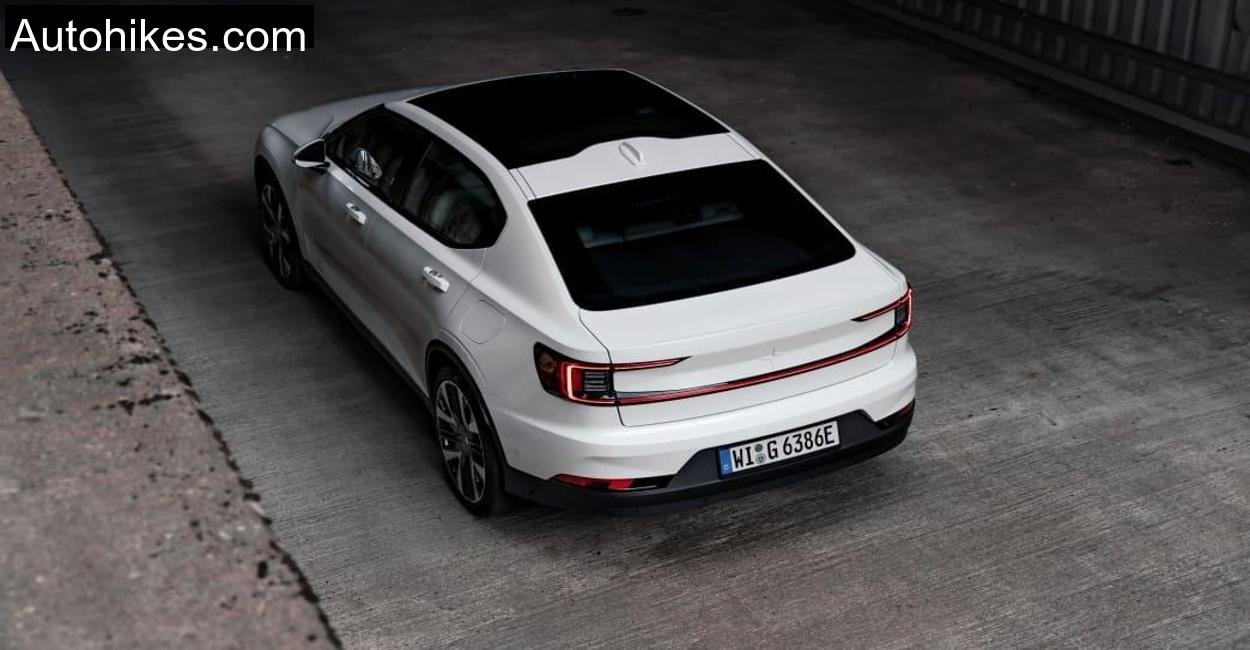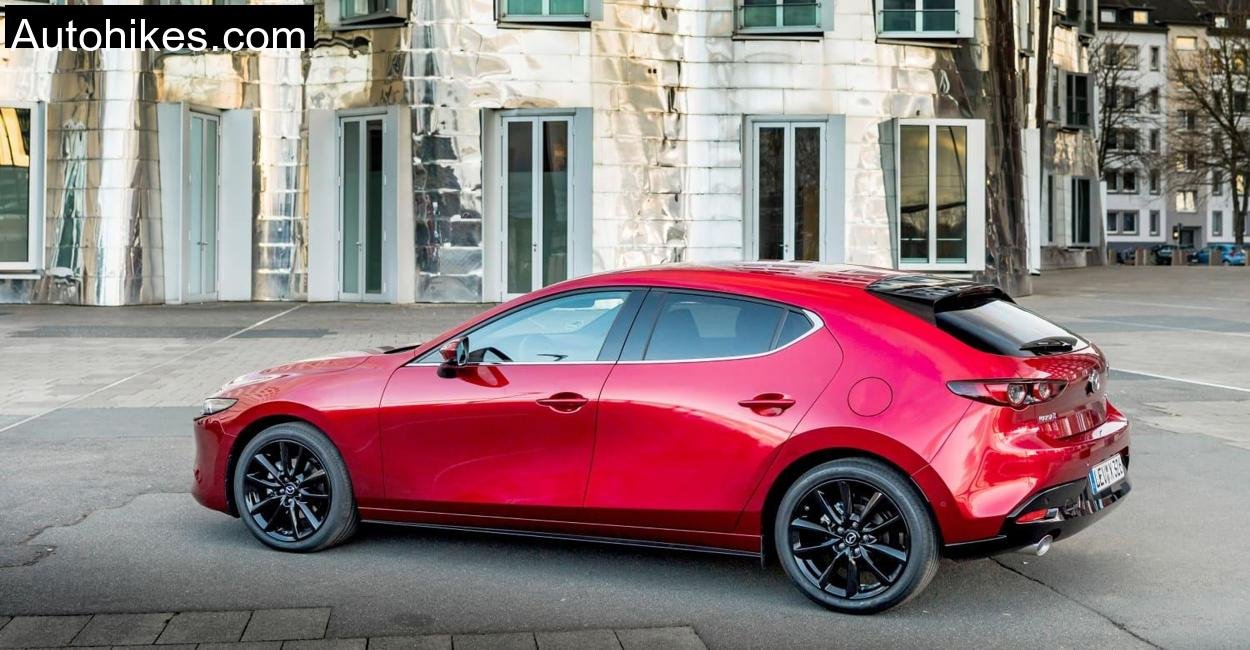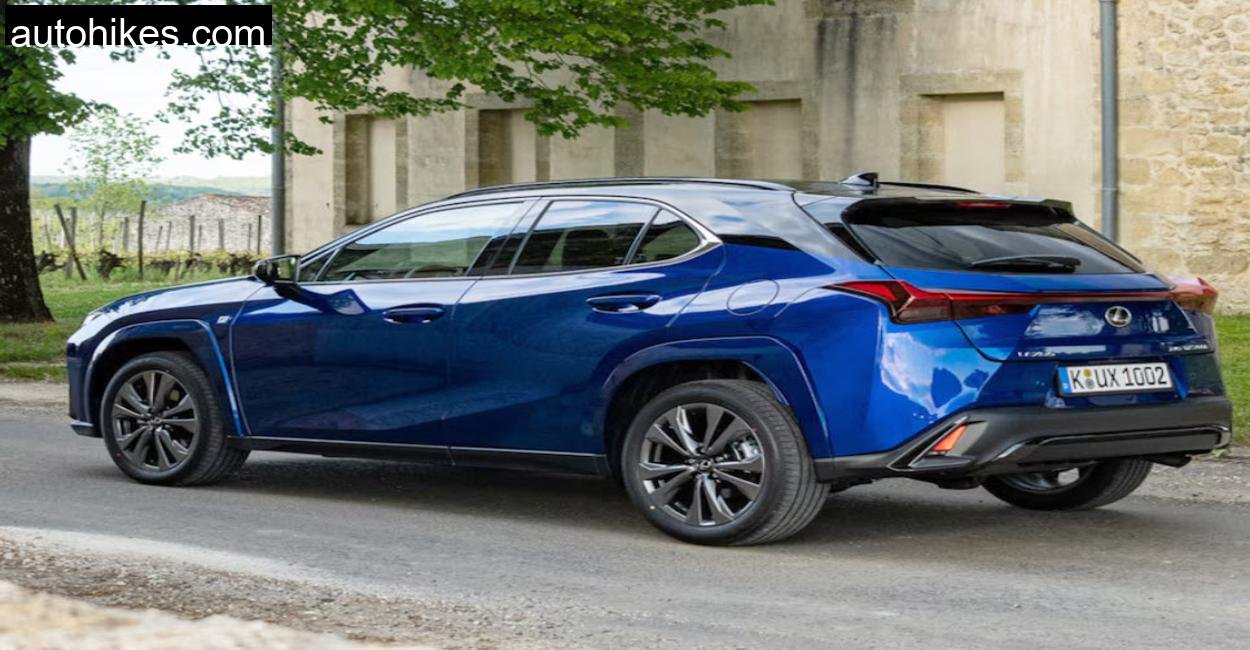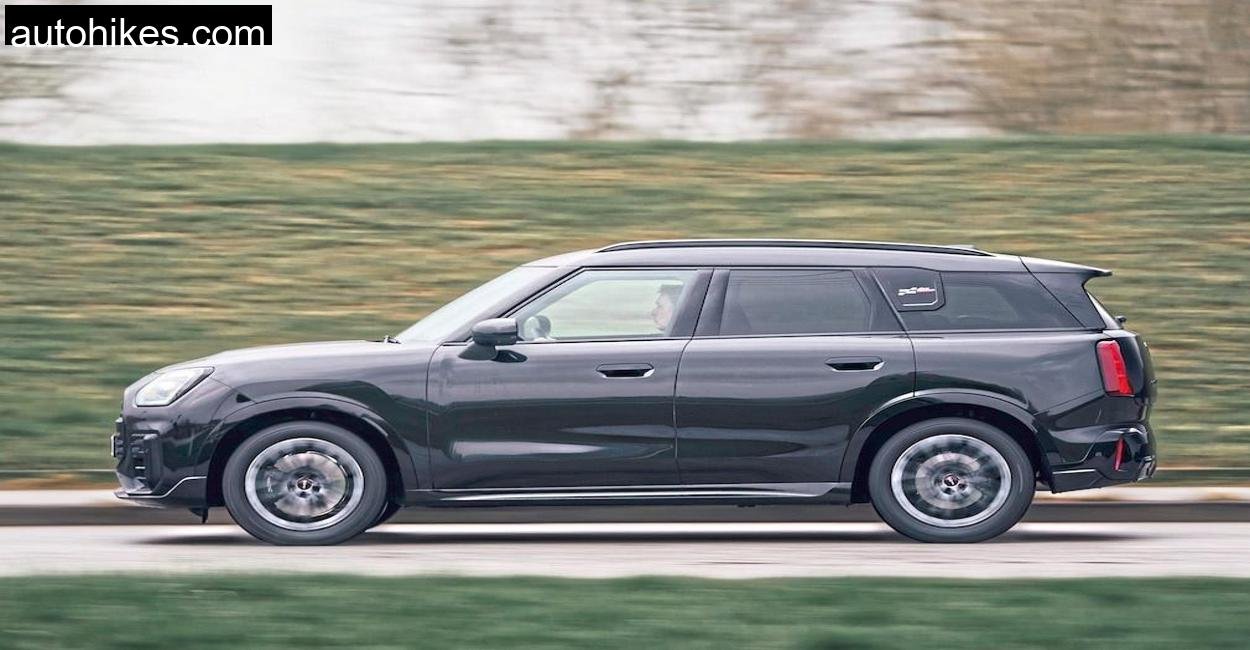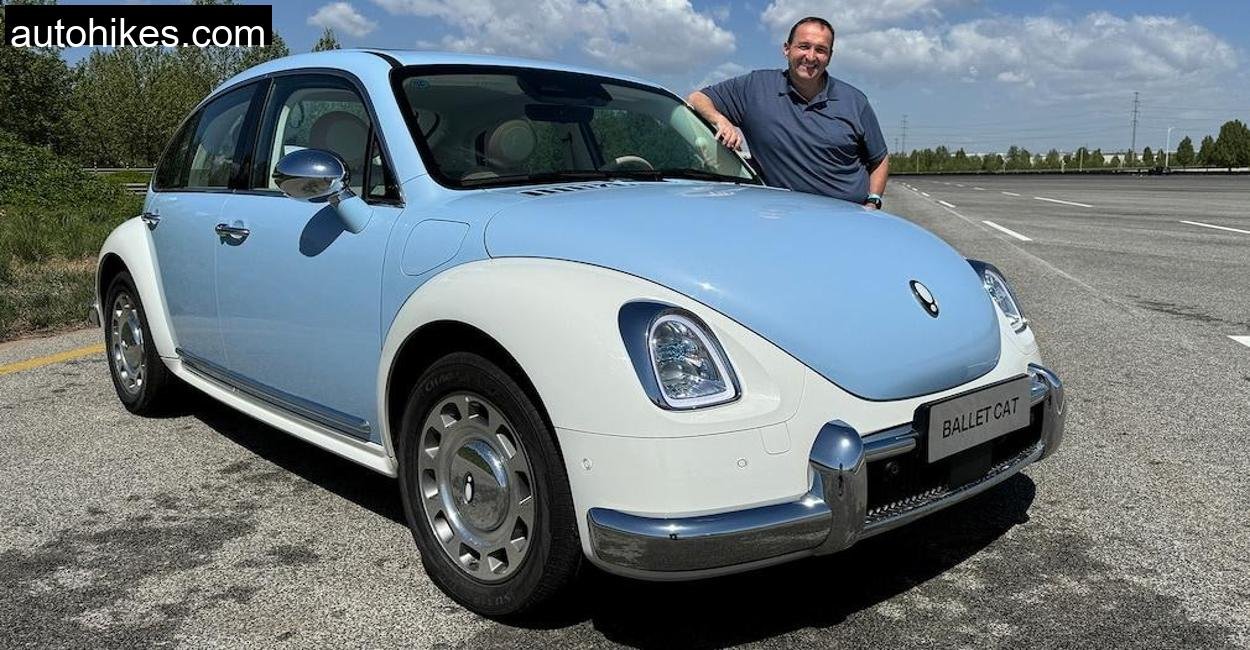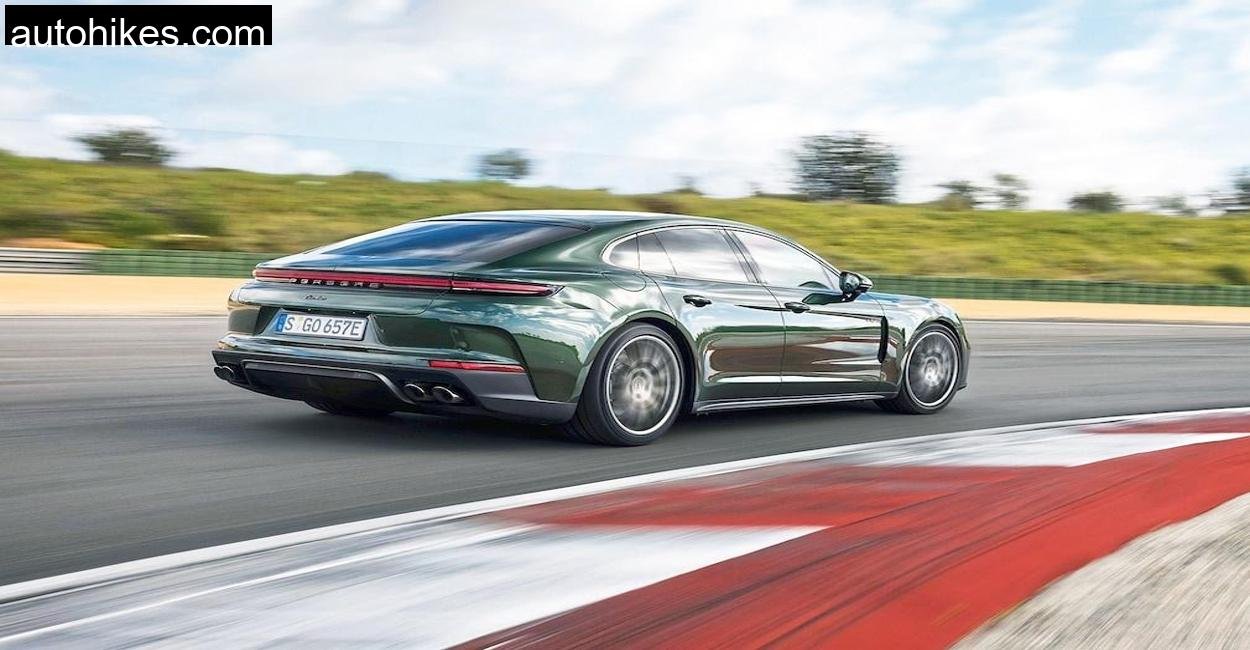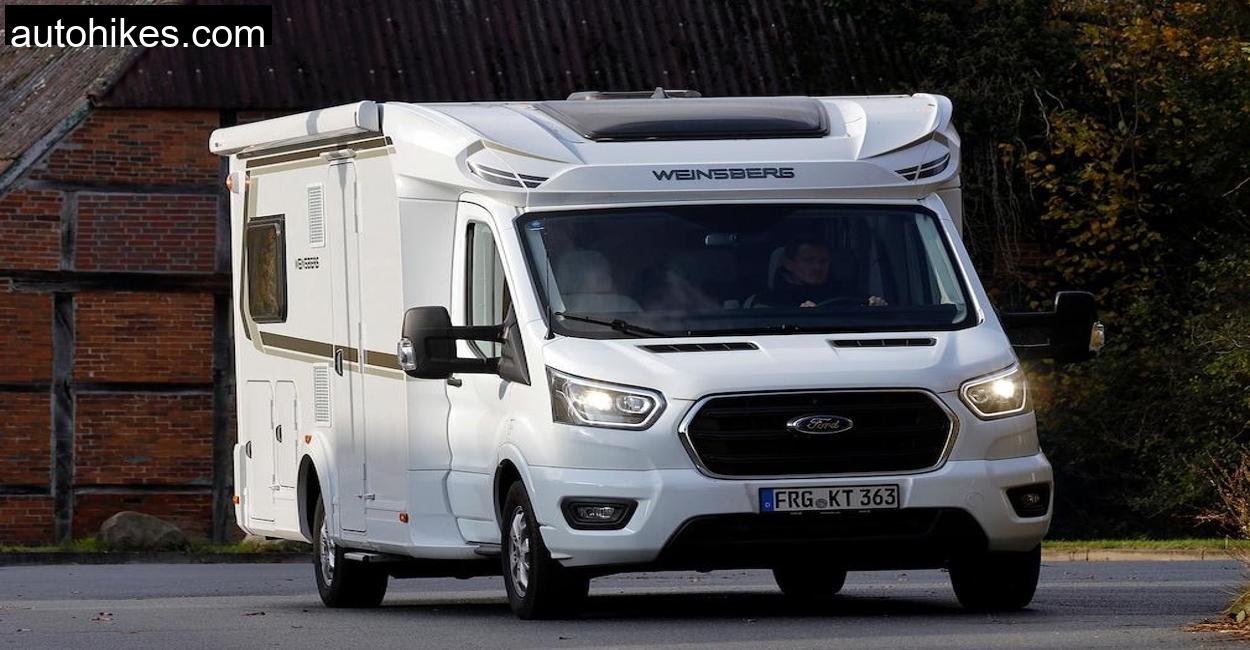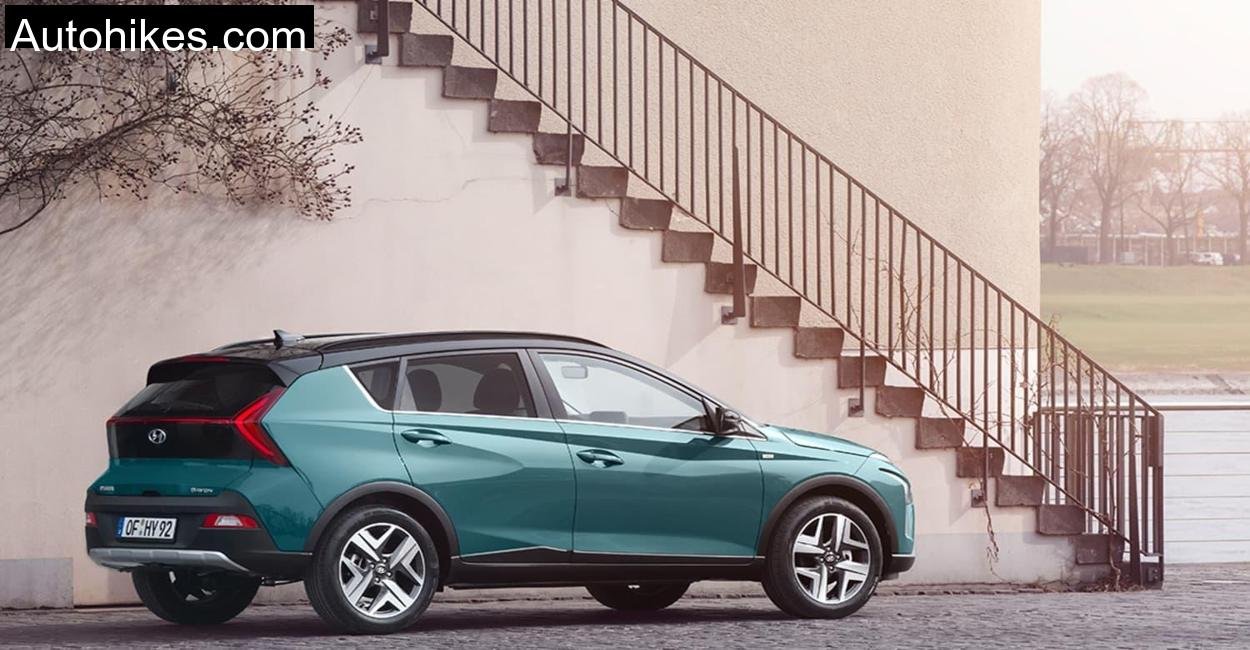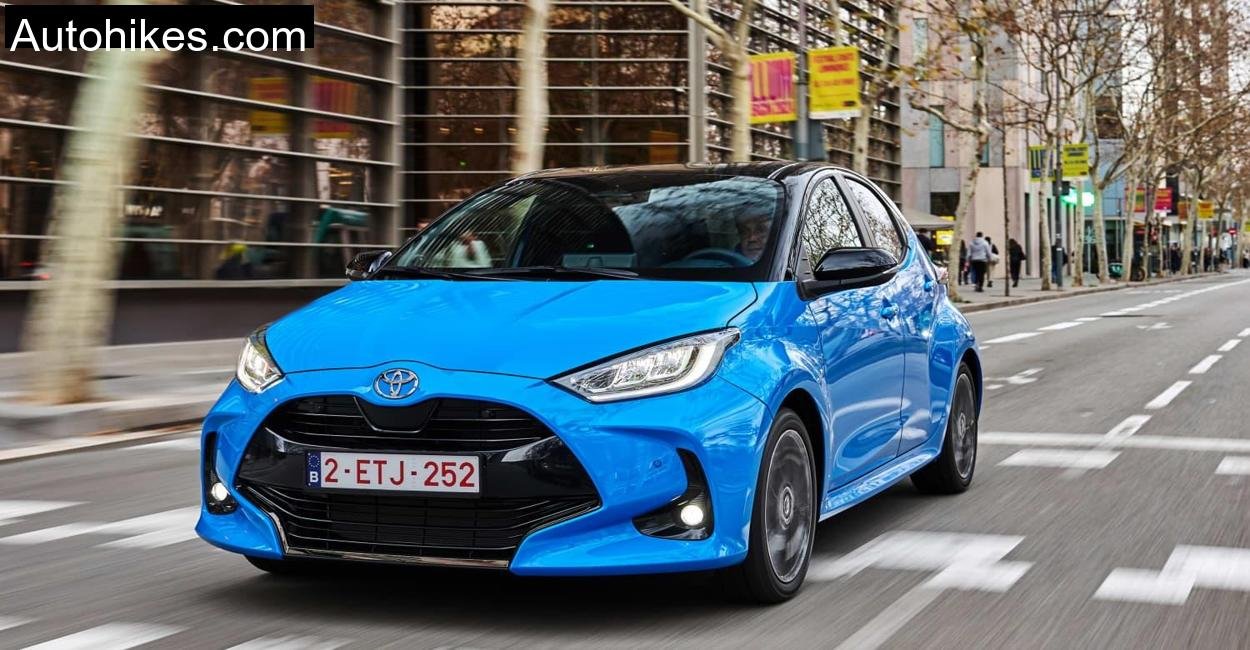There’s something poetic about testing a car like the Polestar 2 in the wildly beautiful landscape of the Idar Forest in Germany. The silent hum of electric motors cutting through the crisp morning mist, the winding roads challenging the chassis, and the serene backdrop offering the perfect contrast to a car born from Swedish minimalism and Chinese engineering power. My journey with the Polestar 2 didn’t just start in a showroom, it began deep in the woods, where performance meets nature, and where truth about a car is revealed one bend at a time.
Polestar, a performance electric brand under the Volvo and Geely umbrella, isn’t playing the game like everyone else. While others are busy making electric SUVs, Polestar sticks to a sleek, almost rebellious fastback design. The 2024 facelift brought not only visual tweaks but a big shift under the skin, most notably, switching from front-wheel to rear-wheel drive in the single-motor variant. I had the opportunity to test both the Single Motor and Dual Motor variants of the Polestar 2 over a weekend of driving through foggy trails, tight S-curves, and high-speed autobahn runs.
Design That Speaks In Silence
Visually, the Polestar 2 keeps things clean and modern. It’s not flashy, but it commands attention. The updated front fascia is sharper, almost as if it’s narrowing its eyes at you before a sprint. The Thor’s Hammer LED headlights remain one of my favorite design elements. The car sits low, at just under 1.48 meters, giving it a stance more like a grand tourer than an electric crossover.
Opening the frameless doors and stepping inside, the cabin greets you with a Google-powered infotainment system seamlessly embedded in a vertical 11.15-inch touchscreen. It’s minimalist, but not cold. The vegan upholstery and quality fit and finish feel premium, even if some plastics on the lower dashboard remind you this isn’t a luxury car in the six-figure range. The panoramic glass roof in the Plus Pack floods the cabin with natural light, making it feel airy despite the high beltline.
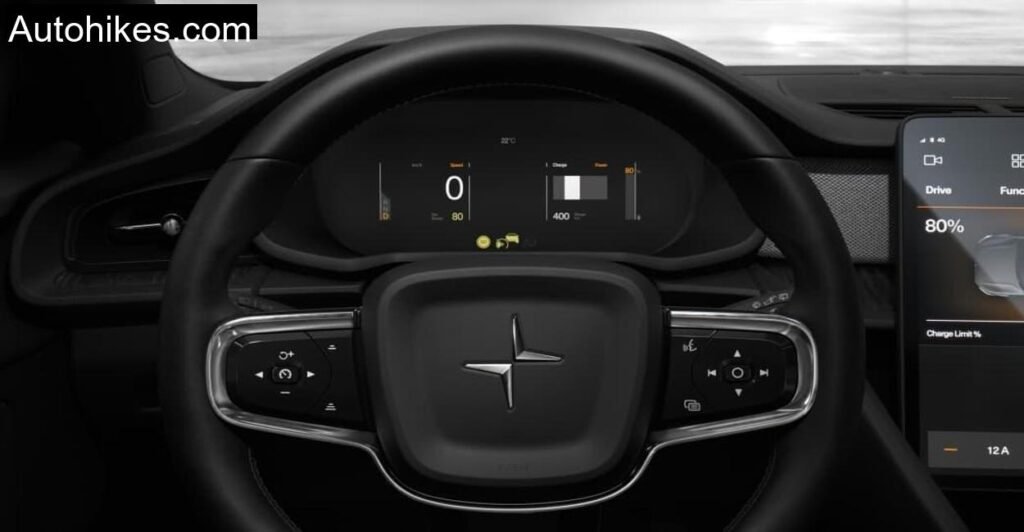
Driving Experience: From City Streets to Forest Curves
When I first tapped the accelerator on the Single Motor Long Range variant, the response was instant but measured. With 220 kW (299 hp) and 490 Nm of torque going to the rear wheels, the car felt balanced, eager, and surprisingly agile despite its 2-ton weight. The switch to rear-wheel drive is a game-changer. Unlike the older front-wheel models that struggled with torque steer, this one hooks up cleanly and confidently.
Driving through the twisties of the Idar Forest, the Polestar 2 felt like it was born for this. The steering is precise, with just the right amount of feedback. The chassis is firm, almost too firm for some tastes, but it rewards spirited driving. When I pushed it hard into a decreasing-radius corner, the car stayed composed, slightly hinting at oversteer, which was easily corrected with the throttle.
Then came the Dual Motor variant, the all-wheel-drive beast with 350 kW (476 hp) and a mind-numbing 0-100 km/h in just 4.2 seconds. It’s brutally quick, and yet, thanks to the low center of gravity and excellent weight distribution, it never feels uncontrollable. On damp forest roads, the extra traction from the front motor ensured every bit of power was translated into forward motion, not wheelspin.
Even on the autobahn, the Polestar 2 impressed. The Single Motor tops out at 205 km/h, but it’s the way it gets there that matters. Power delivery is smooth and linear, and overtaking is instant, especially from 60 to 100 km/h, which it does in just 3 seconds.
Battery in the focus
One of the biggest improvements in the 2024 model is charging speed. The new 82 kWh (gross) battery can be charged at up to 205 kW on DC fast chargers. During my test, I stopped at an Ionity station just outside Frankfurt. Charging from 10% to 80% took just under 30 minutes, which is impressive for a car of this size and range.
Speaking of range, the WLTP claims up to 655 km for the Long Range Single Motor. In real-world use, I managed around 520-540 km per charge, even with aggressive driving, HVAC usage, and elevation changes in the forest. The Ecotest from ADAC rated it at 17.5 kWh/100 km, and my figures closely matched that.
Interior of the Polestar 2
While the Polestar 2 excels in performance, it has some quirks when it comes to practicality. The rear seat space is adequate but not cavernous. I’m 6 feet tall and found the legroom acceptable, but headroom starts to feel tight if you’re over 6’1” due to the sloping roofline.
The boot space is 405 liters, expandable to over 1000 liters with the seats folded. However, the slanted rear hatch limits the size of items you can carry. I tried fitting a small IKEA dresser and had to lower the back seats to make it fit. There’s a front trunk as well, good for keeping charging cables out of sight.
The Google Android Automotive system is intuitive if you’re used to Android phones but may have a learning curve for others. Climate controls are embedded in the touchscreen, which can be distracting while driving. Thankfully, there are physical buttons for volume and essential functions.
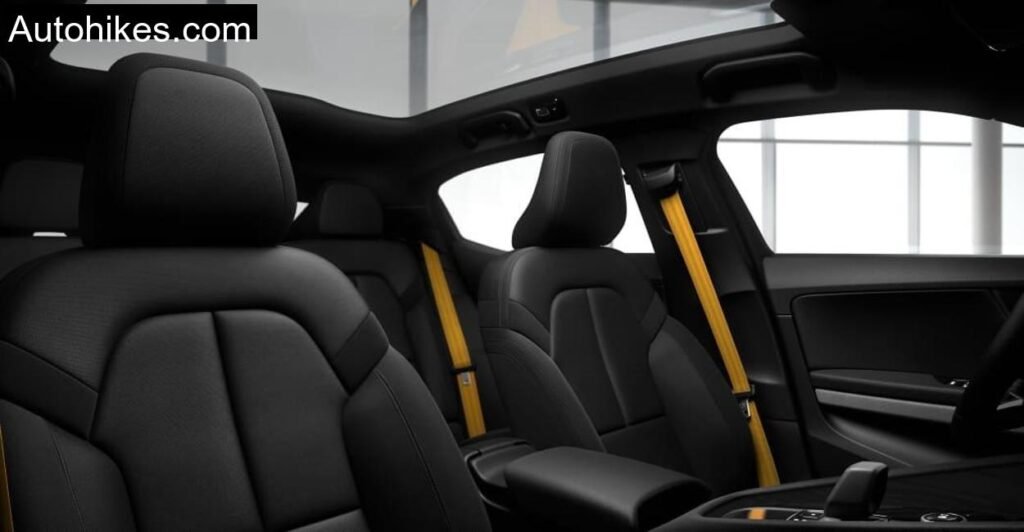
Technical Specifications
For reliable and precise information, we source all technical specs from Polester’s official site.
| Specification | Long Range Single Motor |
|---|---|
| Motor Type | Electric (Rear-Wheel Drive) |
| Max Power | 220 kW (299 hp) |
| Max Torque | 490 Nm |
| 0-100 km/h | 6.2 seconds |
| Top Speed | 205 km/h |
| Battery Capacity (Gross/Net) | 82 kWh / 78 kWh |
| WLTP Range | 655 km |
| Real-World Range | ~530 km |
| Charging (DC Fast) | Up to 205 kW |
| Charging Time (10-80%) | ~28 minutes |
| Curb Weight | 2,069 kg |
| Boot Capacity | 405 – 1095 liters |
| Price (Base) | €54,475 |
Conclusion: Is the Polestar 2 Worth It?
After spending two intense days with the Polestar 2 in one of Germany’s most scenic yet challenging driving terrains, I came away genuinely impressed. The Single Motor variant is no longer a compromise, it’s a refined, rear-wheel-drive machine that offers solid performance, great range, and a well-thought-out interior. The Dual Motor is a different beast altogether, more of a performance sedan wrapped in a minimalist cloak.
Yes, it’s pricier than the Tesla Model 3 or BYD Seal. But what you get in return is a car that feels engineered with precision, designed with taste, and built for drivers who care about more than just numbers. It’s not perfect, the infotainment has quirks, and the cargo area isn’t class-leading, but as a complete package, the Polestar 2 is one of the most compelling EVs on the market today.
Is the Polestar 2 good for long-distance travel?
Yes, especially the Long Range Single Motor variant. With a real-world range of over 500 km and fast charging up to 205 kW, it’s well-suited for long journeys.
How does Polestar 2 compare to the Tesla Model 3?
The Model 3 is cheaper and has a larger charging network, but the Polestar 2 offers better build quality, superior interior materials, and a more engaging driving experience.
